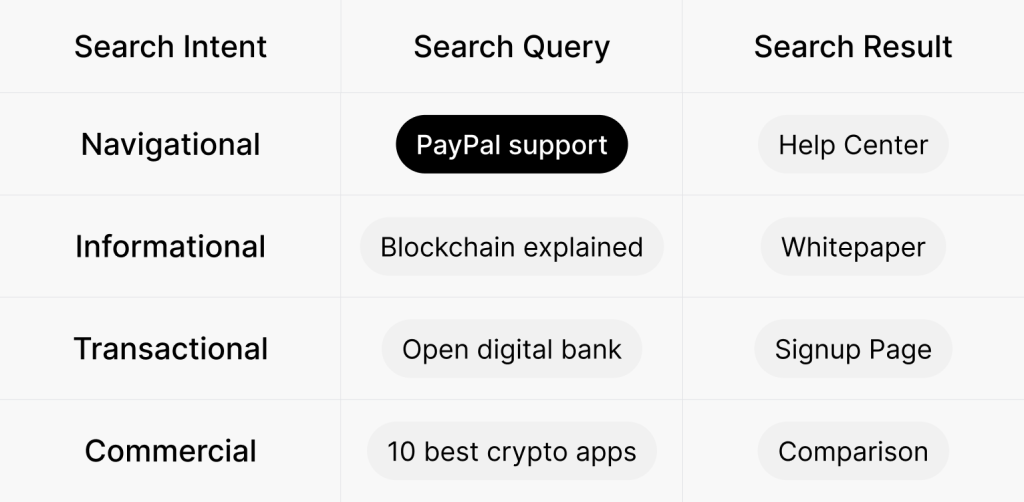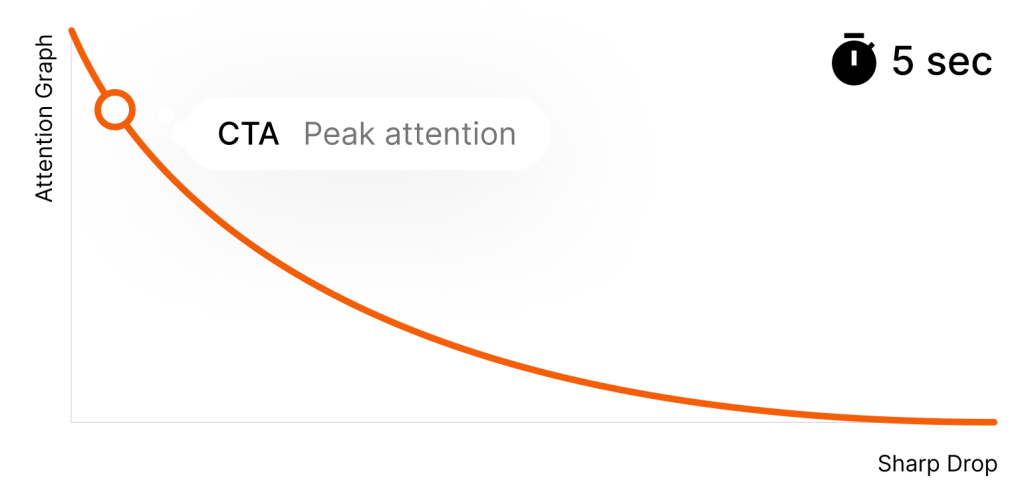In today’s competitive market, a strong brand identity is crucial for the success of any startup. A well-crafted brand not only differentiates your business from competitors but also builds trust and credibility with your audience. This comprehensive guide will walk you through the essential steps to create a memorable and effective brand for your startup.
What is Branding and Why is it Important for Startups? (H2)
Definition of Branding (H3)
Branding encompasses everything that defines your business’s identity, including your name, logo, messaging, and overall visual appearance. It’s the perception that customers have of your company and the feelings they associate with it.
Importance of Branding for Startups (H3)
Building Trust and Credibility (H4)
A strong brand instills confidence in potential customers, making them more likely to choose your products or services over those of an unknown competitor. Trust is vital for startups looking to establish themselves in a new market.
Differentiating from Competitors (H4)
In a crowded marketplace, effective branding helps your startup stand out. By clearly communicating what makes your business unique, you can attract customers who align with your values and offerings.
Establishing a Strong Market Presence (H4)
A consistent and well-executed brand presence helps your startup gain recognition and stay top of mind for your target audience. This leads to increased brand loyalty and long-term business success.
Visual placeholder: Diagram illustrating the benefits of branding for startups
Steps to Create a Strong Brand for Your Startup (H2)
1. Conduct Market Research (H3)
Understanding Your Target Audience (H4)
Start by identifying who your ideal customers are. What are their needs, preferences, and pain points? Conduct surveys, interviews, and analyze market data to gain insights into your target audience. Tools like SurveyMonkey and Google Forms can help gather feedback efficiently.
Analyzing Competitors (H4)
Examine the branding strategies of your competitors. Identify what works well for them and what gaps you can fill. This analysis will help you position your brand more effectively. Use tools like SEMrush and Ahrefs to gather competitive data and understand their branding approach.
Visual placeholder: Market research process flowchart
2. Define Your Brand Identity (H3)
Crafting Your Mission and Vision Statements (H4)
Your mission statement should clearly articulate your startup’s purpose and what you aim to achieve. For example, Patagonia’s mission statement, “We’re in business to save our home planet,” reflects its commitment to environmental sustainability.
The vision statement outlines your long-term goals and the impact you aspire to make. Tesla’s vision, “To create the most compelling car company of the 21st century by driving the world’s transition to electric vehicles,” provides a clear picture of their future aspirations.
Developing Your Brand Values and Personality (H4)
Your brand values represent the core principles that guide your business decisions. Define your brand personality by deciding how you want your brand to be perceived—are you professional, playful, innovative, or traditional? For example, Harley-Davidson’s brand personality is rugged, tough, and adventurous, which appeals to their target market of motorcycle enthusiasts.
Visual placeholder: Example of brand identity elements
3. Create a Unique Brand Name and Logo (H3)
Tips for Choosing a Brand Name (H4)
Choose a name that is memorable, easy to pronounce, and reflective of your brand’s essence. Ensure it’s unique and not already in use by another company. Use tools like Namechk to check the availability of domain names and social media handles.
Designing an Impactful Logo (H4)
Your logo is the visual representation of your brand. Work with a professional designer to create a logo that is simple, versatile, and resonates with your target audience.
Visual placeholder: Examples of effective startup logos
4. Develop a Consistent Brand Voice and Messaging (H3)
Defining Your Brand Voice (H4)
Your brand voice should align with your brand personality and values. Whether it’s formal or casual, your brand voice should be consistent across all communication channels. Mailchimp, for instance, uses a friendly and approachable tone that resonates with small business owners and entrepreneurs.
Crafting Consistent Messaging (H4)
Across All Channels Develop key messages that clearly communicate your value proposition and benefits. Use these messages consistently in your marketing materials, social media, and customer interactions. For example, Dropbox consistently emphasizes simplicity and ease of use in all their communications.
Visual placeholder: Brand voice and messaging examples
5. Design a Cohesive Brand Aesthetic (H3)
Importance of Visual Elements (H4)
Your brand’s visual elements include your color palette, typography, imagery, and overall design style. These elements should be consistent and reflect your brand identity. For instance, Coca-Cola’s use of the color red and distinctive typography is instantly recognizable worldwide.
Creating a Brand Style Guide (H4)
A brand style guide ensures that all visual and written materials maintain a consistent look and feel. It serves as a reference for anyone creating content for your brand. Your guide should include details on logo usage, color codes, font styles, and guidelines for images and graphics.
Visual placeholder: Brand style guide example
Implementing Your Brand Visual Identity Across Various Channels (H2)
Website and Digital Presence (H3)
Designing a Brand-Aligned Website (H4)
Your website is often the first point of contact with potential customers. Ensure it reflects your brand identity through design, content, and user experience. A well-designed website like Apple’s not only showcases their products but also conveys their brand’s elegance and innovation.
SEO Strategies for Branded Content (H4)
Optimize your website content for search engines by incorporating relevant keywords, including those related to branding. This helps improve your visibility and attract organic traffic.
Visual placeholder: Branded website example
Social Media and Content Marketing (H3)
Developing a Social Media Strategy (H4)
Identify the social media platforms most frequented by your target audience. Create a content calendar and post regularly to build engagement and brand awareness. Platforms like Hootsuite or Buffer can help you manage and schedule your posts effectively.
Content Types and Consistency (H4)
Share a mix of content types, including blog posts, videos, infographics, and user-generated content. Maintain a consistent brand voice and visual style across all posts. For example, GoPro effectively uses user-generated content to showcase the versatility of their cameras.
Visual placeholder: Social media branding examples
Offline Branding Strategies (H3)
Branding in Physical Locations and Events (H4)
If your startup has a physical presence or participates in events, ensure your branding is consistent. This includes signage, booth design, and promotional materials. Companies like Warby Parker create cohesive brand experiences in their retail stores that reflect their online presence.
Print Materials and Merchandise (H4)
Branded business cards, rollups, brochures, and merchandise are excellent tools for spreading brand awareness. Ensure these materials reflect your brand identity and values. Consider high-quality materials and design that leave a lasting impression, like MOO’s premium business cards.
Visual placeholder: Examples of offline branding materials
Measuring the Success of Your Branding Efforts (H2)
Key Metrics to Track (H3)
Brand Awareness and Recognition (H4)
Track metrics such as website traffic, social media followers, and mentions to gauge how well your brand is known. Use Google Analytics to monitor website traffic and social media analytics tools like Sprout Social to track engagement.
Customer Engagement and Loyalty (H4)
Monitor engagement metrics like likes, shares, comments, and repeat purchases to assess customer loyalty. High engagement and repeat business are strong indicators of a successful brand.
Visual placeholder: Graphs showing key branding metrics
Tools and Techniques for Brand Analysis (H3)
Using Analytics Tools (H4)
Tools like Google Analytics, Hootsuite, and Brandwatch can provide valuable insights into your brand’s performance. These tools help you track user behavior, social media engagement, and brand sentiment.
Conducting Brand Audits (H4)
Regularly review your brand materials and strategies to ensure they remain aligned with your goals and resonate with your audience. Conducting brand audits involves evaluating your brand’s strengths and weaknesses, and identifying areas for improvement.
Visual placeholder: Screenshot of an analytics tool dashboard
Common Branding Mistakes and How to Avoid Them (H2)
Inconsistency in Branding (H3)
Consistency is critical in branding. Every touchpoint with your audience—from your website to your social media profiles—should reflect a unified brand identity. Inconsistent branding can confuse your audience and weaken your brand’s impact.
Tips to Avoid Inconsistency:
- Develop a detailed brand style guide and ensure all team members and partners use it.
- Regularly audit your brand touchpoints to ensure consistency.
- Train your team on the importance of maintaining a consistent brand voice and visual style.
Neglecting Audience Feedback (H3)
Your audience’s perception of your brand is crucial. Ignoring their feedback can lead to missed opportunities for improvement and growth. Engage with your audience and consider their feedback in your branding efforts.
Tips to Engage with Your Audience:
- Actively seek feedback through surveys, social media, and direct interactions.
- Implement changes based on constructive feedback to show your audience that their opinions matter.
- Use feedback to refine your brand messaging and offerings.
Copying Competitors (H3)
While it’s important to be aware of your competitors, copying their branding strategies can dilute your unique brand identity. Your brand should stand out by highlighting what makes it unique.
Tips to Differentiate Your Brand:
- Focus on your unique value proposition and core values.
- Conduct a SWOT analysis to identify your strengths and opportunities for differentiation.
- Innovate in areas where your competitors may be lacking.
Overlooking the Importance of Visual Identity (H3)
A strong visual identity helps your brand stand out and makes it easily recognizable. Neglecting this aspect can make your brand appear unprofessional and forgettable.
Tips to Strengthen Your Visual Identity:
- Invest in professional design services to create a cohesive visual identity.
- Use consistent colors, fonts, and imagery across all brand materials.
- Create templates for common materials (e.g., presentations, social media posts) to ensure consistency.
Visual placeholder: Infographic on common branding mistakes
Successful Startup Branding Examples (H2)
Example 1: Slack (H3)
Overview of Their Branding Strategy (H4)
Slack, the team collaboration tool, has effectively distinguished itself through a fun, engaging, and user-friendly brand identity. Their branding focuses on simplicity, productivity, and communication.
Key Takeaways:
- Clear and Consistent Messaging: Slack emphasizes its mission to make work life simpler, more pleasant, and more productive. Their tagline “Where Work Happens” encapsulates this message succinctly.
- Strong Visual Identity: Slack uses bright, playful colors and a simple, recognizable logo featuring four speech balloons arranged in a grid. This vibrant and approachable design appeals to a wide audience.
- Engaging User Experience: Slack’s onboarding process and in-app messaging are designed to be friendly and approachable, with humorous loading messages and a helpful Slackbot to guide new users. This helps create a welcoming environment for users.
Visual placeholder: Branding materials of Slack, including logo, color palette, and interface design
Example 2: Notion
Overview of Notion’s Branding Strategy
Notion, the all-in-one workspace app, has built a strong brand identity centered around versatility, simplicity, and user empowerment. Their branding focuses on providing a seamless and customizable experience for personal and professional use.
Key Takeaways
- Consistent Messaging: Notion emphasizes its ability to adapt to various needs, from note-taking to project management, highlighting flexibility and user control. Their tagline “One tool for your whole team” reflects this versatility.
- Clean and Modern Design: Notion uses a minimalist aesthetic, with simple icons and a monochromatic color scheme. This clean design conveys clarity and efficiency, making the platform feel approachable and easy to use.
- Community Engagement: Notion actively engages with its user community by incorporating feedback and showcasing user-created templates and workflows. This community-driven approach fosters a sense of belonging and loyalty among users.
Visual placeholder: Branding materials of Notion, including logo, interface screenshots, and examples of user-generated templates
For more detailed insights into how effective branding can drive success for startups, explore our case studies from the portfolio. See how Webgamma has helped various startups achieve their branding goals through our comprehensive services, including branding, UI/UX design, development and UX research.
FAQ Section
What is branding for startups? Branding for startups involves creating a unique identity that differentiates the business from competitors and resonates with the target audience. It includes elements such as the brand name, logo, voice, and overall aesthetic.
Why is branding important for startups? Branding is crucial for startups because it builds trust, establishes credibility, and helps differentiate the business in a competitive market. A strong brand can attract and retain customers, leading to long-term success.
How do I choose a brand name for my startup? Choose a brand name that is memorable, easy to pronounce, and reflective of your brand’s essence. Ensure it is unique and not already in use by another company.
What are the key elements of a brand identity? Key elements of a brand identity include the brand name, logo, color palette, typography, brand voice, and overall visual style. These elements should be consistent and reflect the brand’s values and personality.
How can I measure the success of my branding efforts? Measure the success of your branding efforts by tracking metrics such as brand awareness, customer engagement, and loyalty. Use tools like Google Analytics and conduct regular brand audits to gain insights into your brand’s performance.
By following these steps and strategies, your startup can build a strong and memorable brand that stands out in the market.




